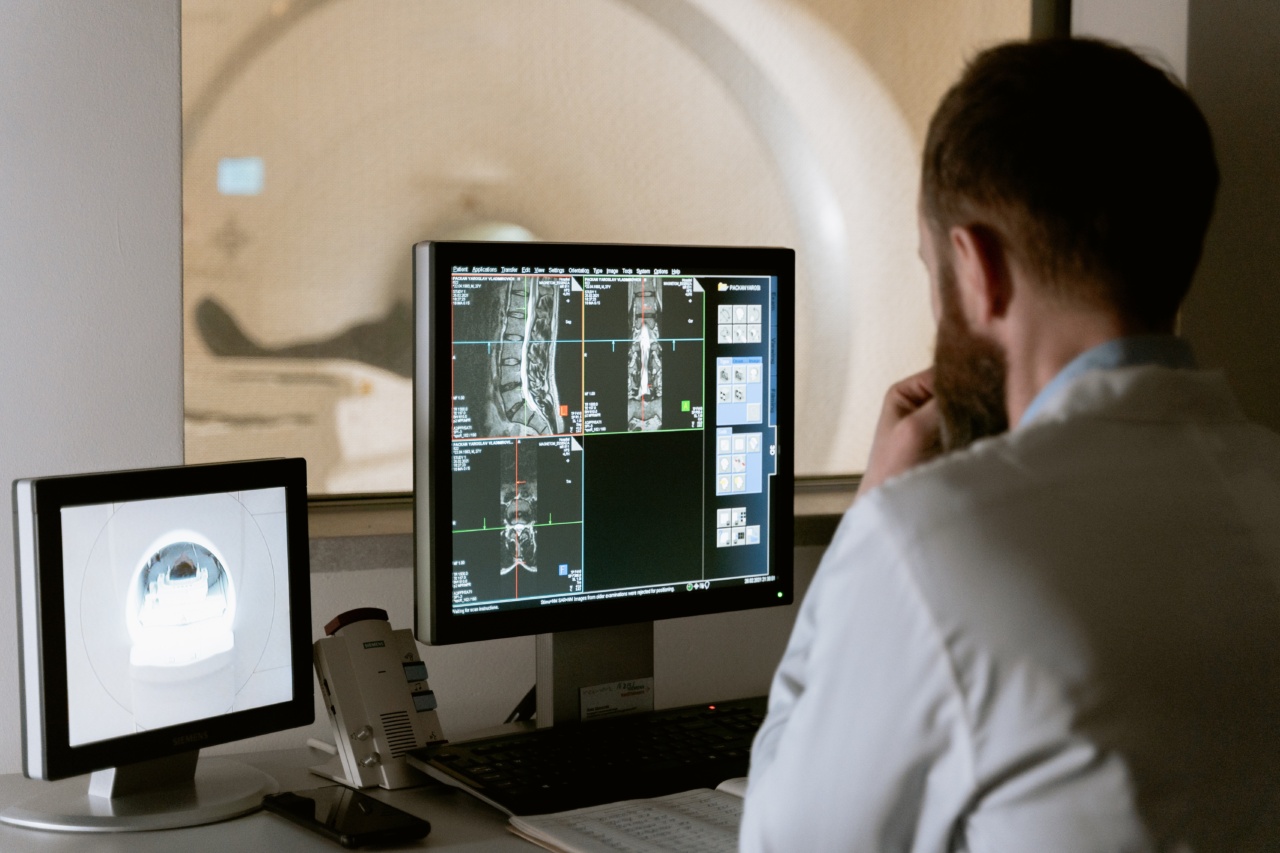Introduction:.
Intestinal food allergies, also known as IFNE (intestinal food protein-induced enterocolitis syndrome) and celiac disease, are two common gastrointestinal disorders that can cause significant morbidity in affected individuals.
Traditional methods for diagnosing these conditions involve invasive procedures such as endoscopy and biopsies, which can be uncomfortable, expensive, and may carry certain risks. However, recent advancements in medical technology have led to the development of novel non-invasive tests that can accurately diagnose IFNE and celiac disease. This article will explore the potential of these tests and their implications for patients.
What is IFNE?
IFNE is a type of food allergy that primarily affects infants and young children. It is characterized by severe vomiting, diarrhea, and dehydration within a few hours of ingesting the triggering food protein.
Common culprits include cow’s milk, soy, and grains. Unlike other forms of food allergies, IFNE does not usually cause an immediate allergic response, making it challenging to diagnose without invasive procedures.
Diagnosing IFNE:
Until recently, the gold standard for diagnosing IFNE was an oral food challenge, which involves administering the suspected food protein under medical supervision and monitoring for symptoms.
However, this procedure can be risky due to the potential for a severe allergic reaction. Additionally, it requires specialized facilities and personnel, making it impractical for widespread use.
A novel non-invasive test for IFNE has emerged in the form of a food protein-induced enterocolitis syndrome panel. This panel involves analyzing a small sample of stool for specific markers that indicate an allergic response to food proteins.
The presence of these markers suggests a diagnosis of IFNE, eliminating the need for invasive procedures.
Benefits of the non-invasive test:
The non-invasive test for IFNE offers several advantages over traditional diagnostic methods. Firstly, it eliminates the need for invasive procedures such as endoscopy and biopsies, which can be uncomfortable, time-consuming, and costly.
This test can be easily performed at home or in a clinic, reducing the burden on both patients and healthcare facilities.
Furthermore, the non-invasive test has a high accuracy rate, comparable to that of traditional methods. Studies have shown that the panel can correctly diagnose IFNE in a significant majority of cases.
This allows for timely and appropriate management of the condition, preventing further complications and improving the quality of life for affected individuals.
Non-invasive testing for celiac disease:
Celiac disease is an autoimmune disorder characterized by an inflammatory reaction to gluten, a protein found in wheat, barley, and rye. If left undiagnosed and untreated, it can lead to severe malnutrition and long-term health complications.
The current gold standard for diagnosing celiac disease involves an endoscopy with biopsies of the small intestine to assess for characteristic damage.
However, researchers have developed non-invasive tests that can accurately diagnose celiac disease without the need for invasive procedures. One such test involves analyzing a blood sample for specific antibodies associated with the disease.
If these antibodies are present, it indicates an immune reaction to gluten, confirming the diagnosis of celiac disease.
The significance of non-invasive testing:
The development of novel non-invasive tests for IFNE and celiac disease holds immense significance for patients and healthcare providers alike.
Firstly, it improves accessibility to diagnostic procedures, as the tests can be performed in various healthcare settings without specialized equipment or expertise. This reduces the barrier to diagnosis and ensures that individuals with suspected IFNE or celiac disease can receive timely and accurate assessments.
Secondly, non-invasive testing reduces the physical and psychological burden on patients. Invasive procedures can be uncomfortable and anxiety-inducing, particularly for children and individuals with pre-existing medical conditions.
Non-invasive tests offer a less distressing alternative, promoting patient comfort and compliance.
Lastly, non-invasive testing can lead to cost savings for both patients and healthcare systems.
Invasive procedures often involve hospital stays, specialist consultations, and additional investigations, all of which contribute to the overall healthcare expenditure. Non-invasive tests are generally more cost-effective, making them a more sustainable option for diagnosing IFNE and celiac disease.
Conclusion:
The advent of non-invasive testing has revolutionized the diagnosis of IFNE and celiac disease. These innovative methods offer accurate diagnoses without the need for invasive procedures, improving accessibility, patient comfort, and cost-effectiveness.
While traditional diagnostic methods still hold value in certain cases, non-invasive testing provides a valuable alternative that can benefit a wide range of individuals. Further research and development in this field will continue to enhance our ability to diagnose and manage IFNE and celiac disease more effectively.






























